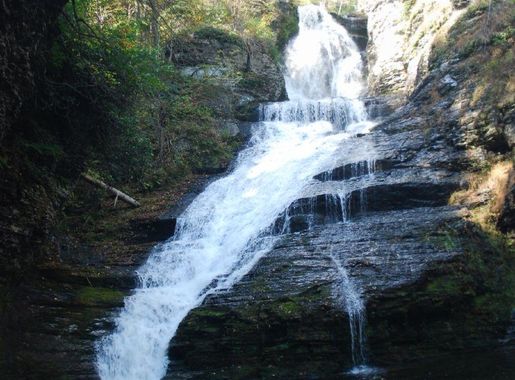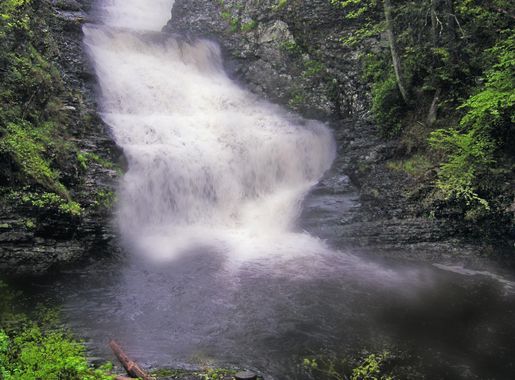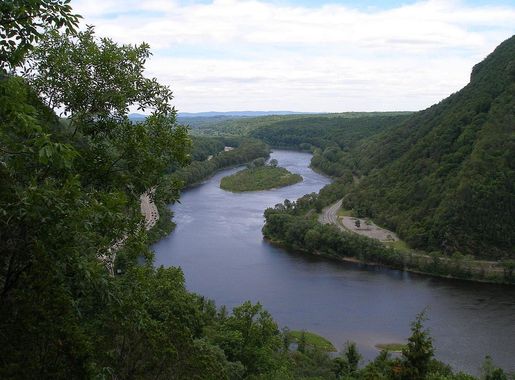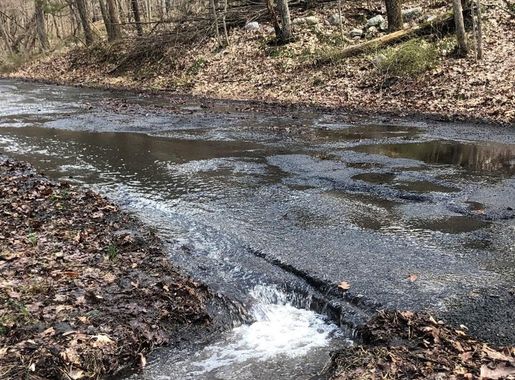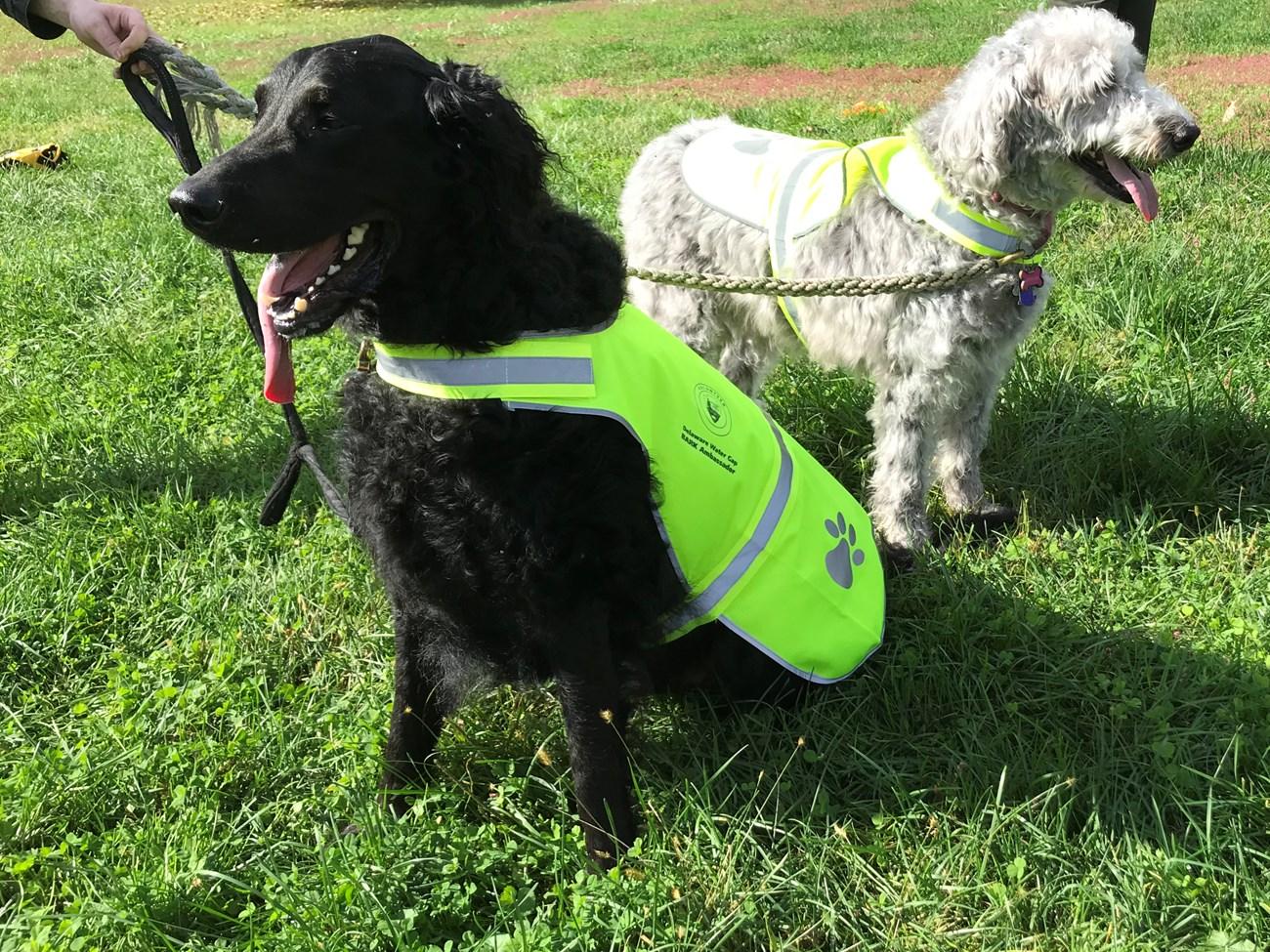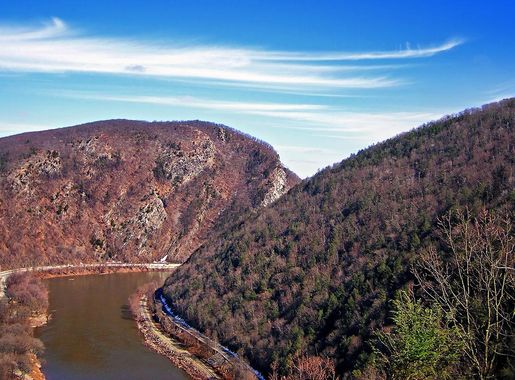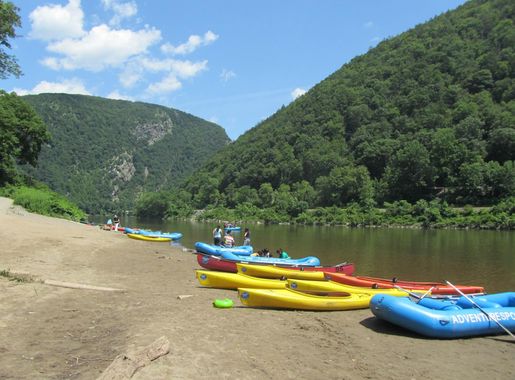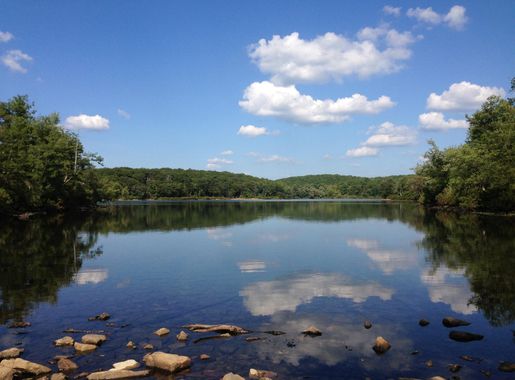
Nature's Haven: Delaware Water Gap National Recreation Area
Discover Delaware Water Gap National Recreation Area: A natural paradise with scenic views, abundant wildlife, and endless outdoor activities for all ages.
Nestled between the states of New Jersey and Pennsylvania, the Delaware Water Gap National Recreation Area is a natural paradise waiting to be explored. This sprawling park covers over 70,000 acres, offering a diverse range of activities for nature lovers, adventure seekers, and history enthusiasts alike. Its namesake, the Delaware Water Gap, is a picturesque valley where the Delaware River cuts through a large ridge of the Appalachian Mountains, providing stunning views and serene settings. The park boasts over 100 miles of hiking trails, including sections of the famous Appalachian Trail. Whether you are in the mood for a leisurely walk or a challenging hike, there is a trail for you. The scenic views from Mount Tammany and Mount Minsi are particularly popular and offer breathtaking panoramas of the valley below. In addition to hiking, visitors can enjoy a variety of water-based activities. The Delaware River is perfect for kayaking, canoeing, and fishing. During the summer months, swimming is a popular activity at Smithfield Beach and Turtle Beach. If you're interested in history, the park is also home to numerous historical sites, including old mines, mills, and colonial villages that provide a glimpse into the past. Wildlife enthusiasts will be delighted by the park's rich biodiversity. Keep an eye out for white-tailed deer, black bears, and a variety of bird species. The park is also home to several waterfalls, such as Dingmans Falls and Silverthread Falls, which are must-see attractions. Whether you're planning a day trip or a longer stay, the Delaware Water Gap National Recreation Area offers a peaceful escape from the hustle and bustle of everyday life. Its natural beauty and wide range of activities make it a perfect destination for all ages.
Local tips in Delaware Water Gap National Recreation Area
- Visit early in the morning to avoid crowds and enjoy a peaceful experience.
- Bring a map or download one ahead of time as cell service can be spotty in some areas.
- Wear sturdy shoes suitable for hiking, as some trails can be rocky and steep.
- Check the weather forecast before your visit and dress in layers to be prepared for changing conditions.
- Pack plenty of water and snacks, especially if you plan on hiking or spending the day outdoors.
- Don't forget your camera to capture the stunning landscapes and wildlife.
- If you're interested in history, consider taking a guided tour to learn more about the park's historical sites.
Nature's Haven: Delaware Water Gap National Recreation Area
Nestled between the states of New Jersey and Pennsylvania, the Delaware Water Gap National Recreation Area is a natural paradise waiting to be explored. This sprawling park covers over 70,000 acres, offering a diverse range of activities for nature lovers, adventure seekers, and history enthusiasts alike. Its namesake, the Delaware Water Gap, is a picturesque valley where the Delaware River cuts through a large ridge of the Appalachian Mountains, providing stunning views and serene settings. The park boasts over 100 miles of hiking trails, including sections of the famous Appalachian Trail. Whether you are in the mood for a leisurely walk or a challenging hike, there is a trail for you. The scenic views from Mount Tammany and Mount Minsi are particularly popular and offer breathtaking panoramas of the valley below. In addition to hiking, visitors can enjoy a variety of water-based activities. The Delaware River is perfect for kayaking, canoeing, and fishing. During the summer months, swimming is a popular activity at Smithfield Beach and Turtle Beach. If you're interested in history, the park is also home to numerous historical sites, including old mines, mills, and colonial villages that provide a glimpse into the past. Wildlife enthusiasts will be delighted by the park's rich biodiversity. Keep an eye out for white-tailed deer, black bears, and a variety of bird species. The park is also home to several waterfalls, such as Dingmans Falls and Silverthread Falls, which are must-see attractions. Whether you're planning a day trip or a longer stay, the Delaware Water Gap National Recreation Area offers a peaceful escape from the hustle and bustle of everyday life. Its natural beauty and wide range of activities make it a perfect destination for all ages.
When is the best time to go to Delaware Water Gap National Recreation Area?
Iconic landmarks you can’t miss
Mt Tammany Red Dot Trail
Discover the breathtaking views and adventurous trails of Mt Tammany Red Dot Trail in New Jersey's Kittatinnies Region.
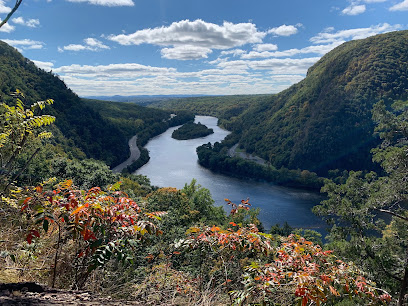
Point of Gap Overlook
Discover the breathtaking vistas of Point of Gap Overlook in Delaware Water Gap National Recreation Area, perfect for nature lovers and photographers alike.
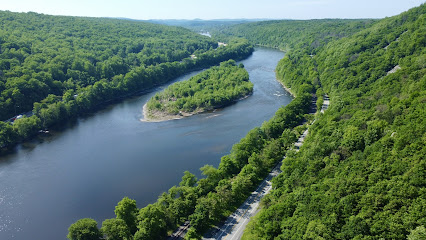
Delaware Water Gap Travel Plaza
Discover the Delaware Water Gap Travel Plaza, your perfect stop for convenience and breathtaking natural beauty on your journey through New Jersey.
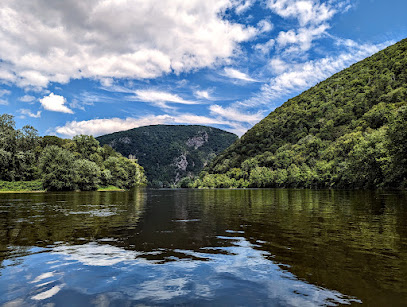
Resort Point Overlook
Explore the stunning views of Resort Point Overlook, a scenic spot in the Delaware Water Gap, perfect for nature lovers and photography enthusiasts.
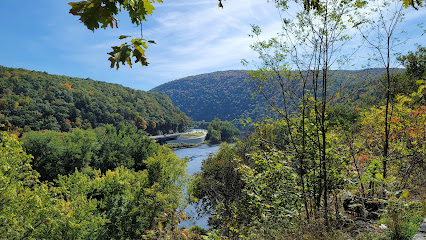
Millbrook Village Historic Site
Discover the charm of 19th-century life at Millbrook Village Historic Site, a serene destination within the Delaware Water Gap National Recreation Area.
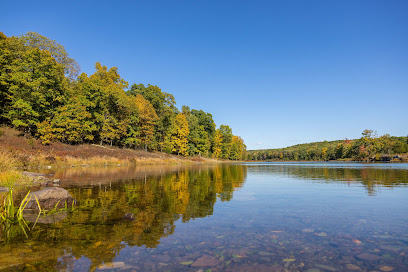
Dunnfield Creek Natural Area
Explore Dunnfield Creek Natural Area, a tranquil nature preserve in New Jersey, perfect for hiking, birdwatching, and experiencing the beauty of the outdoors.
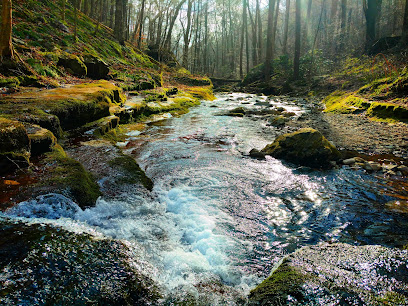
Delaware Water Gap
Discover the breathtaking beauty and outdoor adventure of Delaware Water Gap, a stunning mountain pass in Pennsylvania's national recreational area.
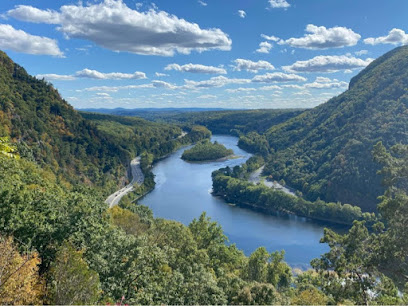
Large Pile of Rocks
Discover the stunning Large Pile of Rocks on the Appalachian Trail, offering breathtaking views and unforgettable hiking experiences in New Jersey.

Delaware Water Gap National Recreation Area Park Headquarters
Explore the stunning Delaware Water Gap National Recreation Area Park Headquarters, a gateway to outdoor adventures and natural beauty in Pennsylvania.

Delaware View House
Explore the Delaware View House, a historical landmark in Walpack Township, NJ, where the past meets breathtaking natural beauty.
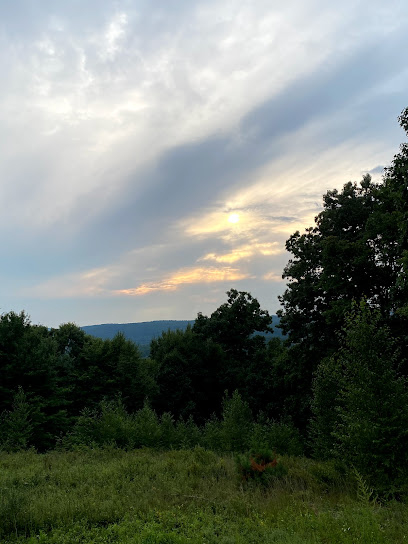
Watergate Recreation Area
Discover nature's tranquility at Watergate Recreation Area in Hardwick Township, NJ - a perfect park for hiking, picnicking, and birdwatching.

delaware water gap
Discover the Delaware Water Gap, a historical landmark where stunning natural beauty meets rich American heritage in Pennsylvania.
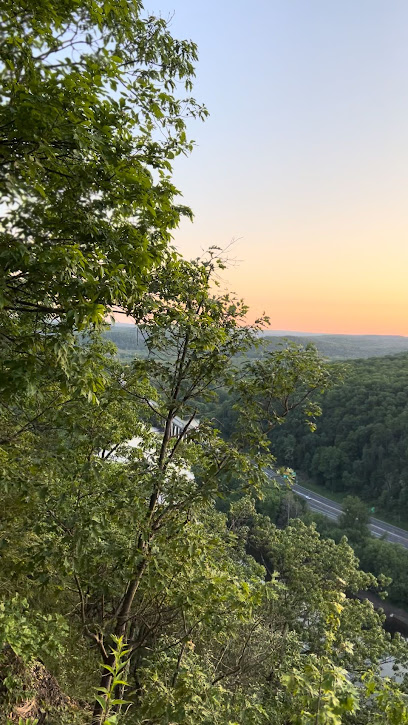
Delaware Watergap National Recreation Area
Discover the breathtaking beauty and diverse activities at Delaware Water Gap National Recreation Area, your ultimate nature getaway.

Unmissable attractions to see
High Point State Park
Discover the breathtaking views and serene landscapes of High Point State Park, New Jersey's highest point and a must-visit destination for nature lovers.
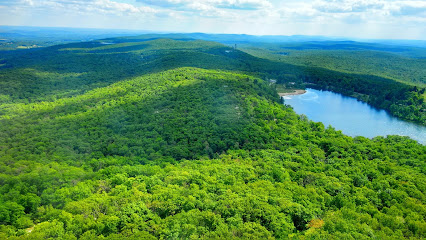
Land of Make Believe
Experience the magic of childhood at the Land of Make Believe, a whimsical amusement park in Hope, NJ, filled with fun rides and enchanting attractions.
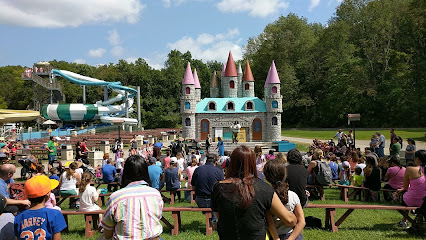
Mt Tammany Red Dot Trail
Experience breathtaking views and diverse wildlife at Mt Tammany Red Dot Trail, a premier hiking destination in New Jersey's Kittatinnies Region.
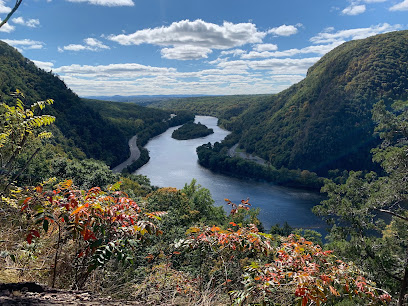
Lakota Wolf Preserve
Experience the beauty of wolves and wildlife at Lakota Wolf Preserve, a premier wildlife refuge in New Jersey dedicated to education and conservation.
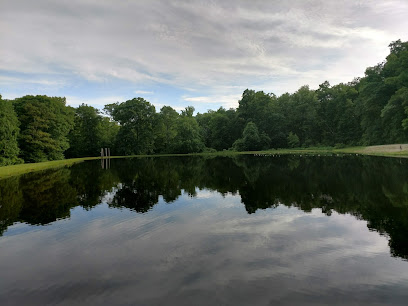
Delaware River Railroad Excursions
Discover the enchanting Delaware River aboard vintage trains, offering breathtaking views and a glimpse of history in New Jersey.
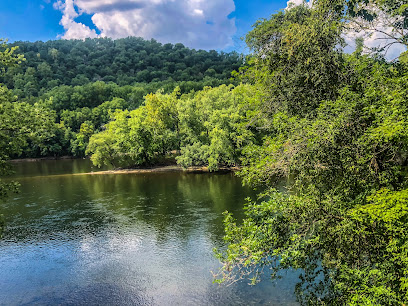
Dingmans Falls Visitor Center
Explore the breathtaking Dingmans Falls Visitor Center - your gateway to the stunning Delaware Water Gap National Recreation Area.
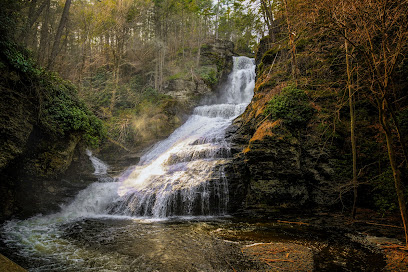
Smithfield Beach
Experience the beauty of Smithfield Beach, where adventure meets relaxation along the scenic Delaware River in Pennsylvania.
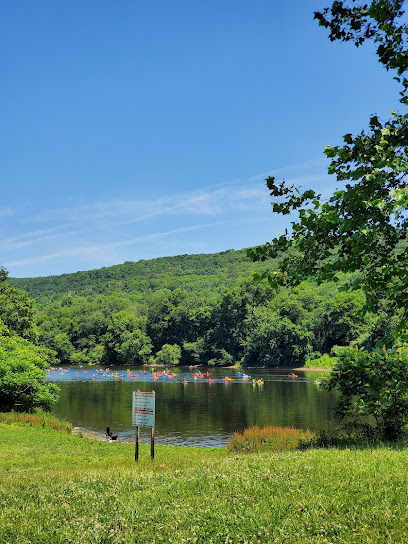
Kittatinny Valley State Park
Explore Kittatinny Valley State Park: A Natural Haven for Outdoor Adventures and Scenic Retreats in New Jersey.
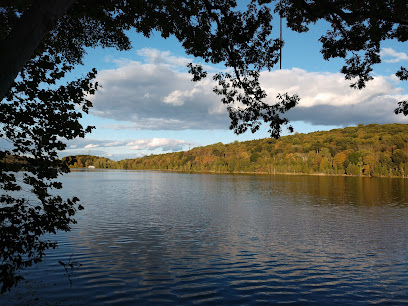
Point of Gap Overlook
Discover the stunning views at Point of Gap Overlook, a scenic gem in the Delaware Water Gap National Recreation Area, perfect for nature lovers and photographers.
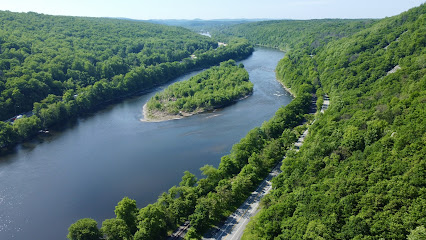
Frazetta Art Museum
Explore the captivating world of Frank Frazetta at the Frazetta Art Museum, a unique destination for fantasy art lovers in East Stroudsburg, Pennsylvania.
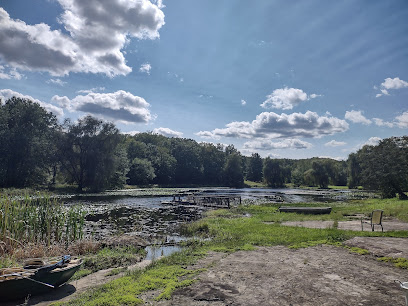
Turtle Beach, New Jersey
Turtle Beach in New Jersey offers a tranquil escape with picnic grounds, beautiful sandy shores, and stunning natural views perfect for all travelers.
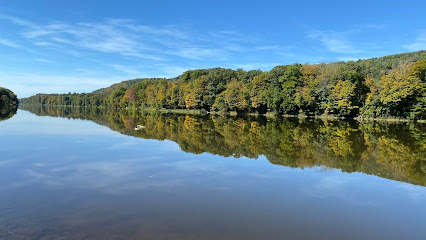
Resort Point Overlook
Experience stunning landscapes and breathtaking views at Resort Point Overlook in Delaware Water Gap National Recreation Area.
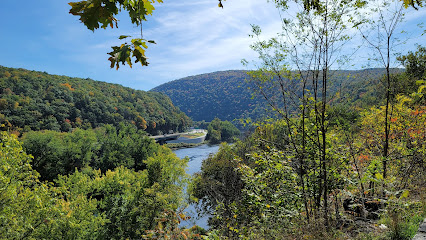
Millbrook Village Historic Site
Discover the charm of Millbrook Village, a historic site in New Jersey showcasing authentic 19th-century life amidst stunning natural beauty.
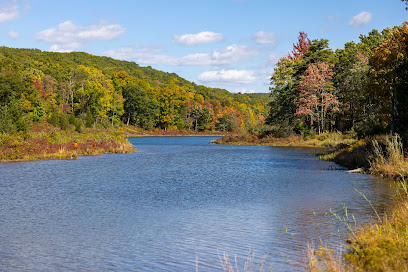
Pocono Environmental Education Center
Explore the Pocono Environmental Education Center: A Nature Preserve and Learning Hub in Pennsylvania's Scenic Mountains.
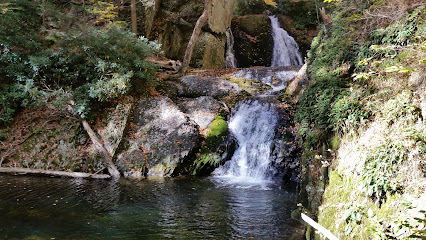
Delaware Water Gap Toll Bridge
Experience breathtaking views and nature's beauty at the Delaware Water Gap Toll Bridge, your gateway to adventure in Pennsylvania's stunning landscapes.
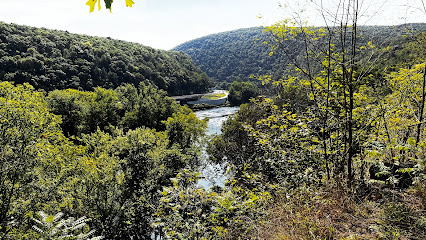
Essential places to dine
Delaware Water Gap National Recreation Area
Discover breathtaking landscapes and outdoor adventures at Delaware Water Gap National Recreation Area - a true natural gem in Pennsylvania.
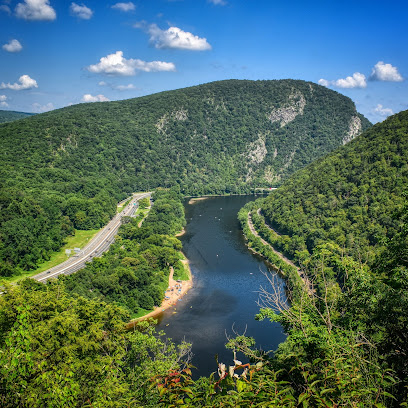
Joe Bosco Authentic Smokehouse BBQ
Discover mouthwatering barbecue at Joe Bosco Authentic Smokehouse BBQ in Delaware Water Gap – a true taste of America’s smoky heritage.
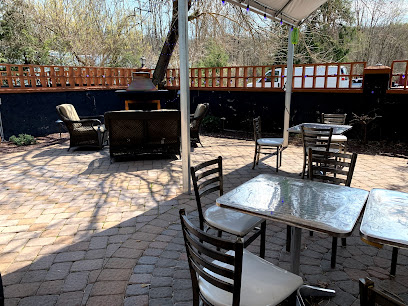
Chick-fil-A
Experience delicious fast food at Chick-fil-A in Delaware Gap Travel Plaza—where quality meets convenience in every bite.
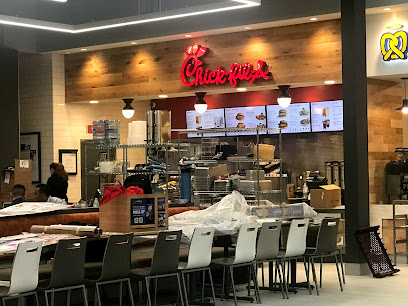
Sycamore Grille
Experience delicious American cuisine at Sycamore Grille in Delaware Water Gap – perfect for families and friends with live music and a vibrant atmosphere.
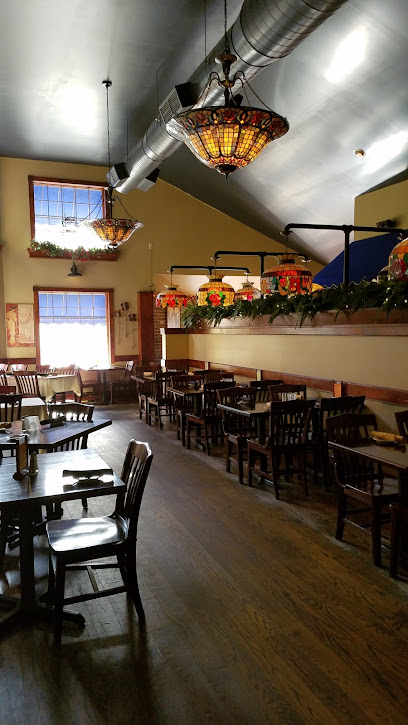
The Log Cabin Bar & Grill
Discover rustic charm and delicious grilled delights at The Log Cabin Bar & Grill in Columbia, NJ - perfect for families and pizza lovers alike.
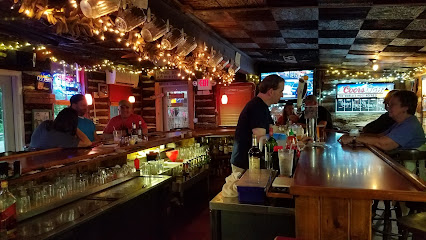
Deer Head Inn
Discover fine dining and live jazz at Deer Head Inn - where music meets culinary excellence in Delaware Water Gap.
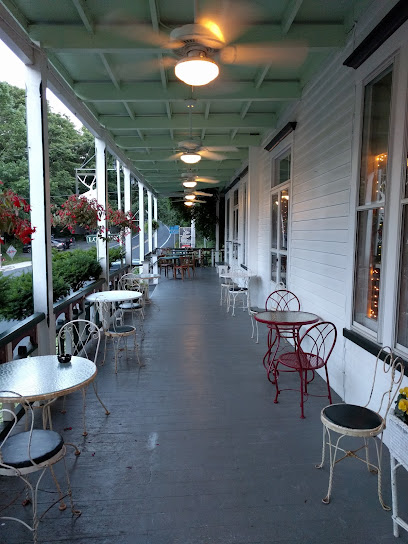
Waters Edge
Experience exceptional cuisine with stunning riverside views at Waters Edge in Belvidere, New Jersey - a true culinary delight.
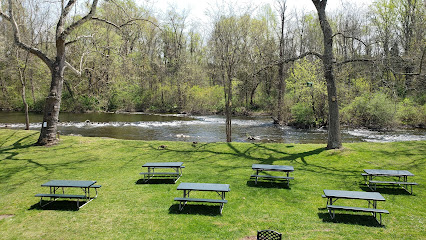
Live Inspired Gallery
Experience culinary artistry at Live Inspired Gallery in Delaware Water Gap – where every meal tells a story through flavor and creativity.

Markets, malls and hidden boutiques
Delaware Water Gap National Recreation Area
Experience the stunning landscapes and outdoor adventures at Delaware Water Gap National Recreation Area, a natural gem in Pennsylvania.
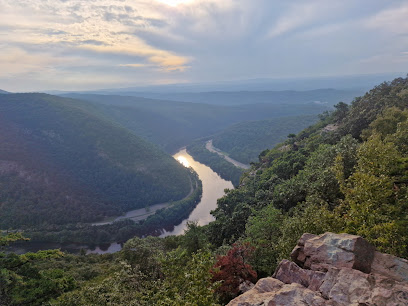
Rockaway Townsquare
Explore Rockaway Townsquare, New Jersey's premier shopping destination with a perfect mix of luxury and budget-friendly retailers.

Village Farmer and Bakery
Discover the delicious blend of artisanal baked goods and fresh local produce at Village Farmer and Bakery in Delaware Water Gap.
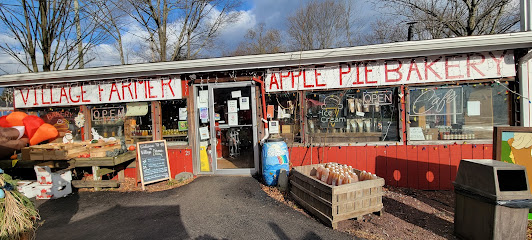
Olde Engine Works Market Place
Explore Olde Engine Works Market Place in Stroudsburg, PA - a unique antique store and flea market showcasing vintage treasures and local craftsmanship.
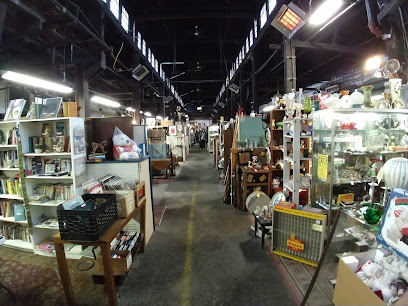
Edge of the Woods Outfitters
Discover thrilling outdoor adventures at Edge of the Woods Outfitters in Delaware Water Gap, offering kayak rentals, bike rentals, and rafting trips.
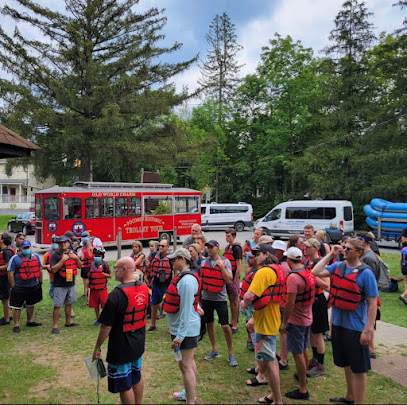
Pandora's Box Toys & Collectibles
Explore a nostalgic treasure trove of toys, comics, and collectibles at Pandora's Box Toys & Collectibles in Lafayette, NJ.

Adventure Sports
Explore East Stroudsburg's Adventure Sports for canoeing, kayaking, skiing, and snowboarding rentals amidst stunning natural beauty.
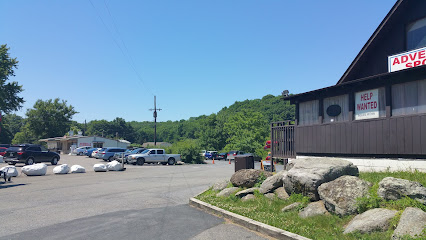
Delaware Water Gap Travel Plaza
Discover the Delaware Water Gap Travel Plaza: A perfect rest stop with dining, shopping, and access to nature's wonders.
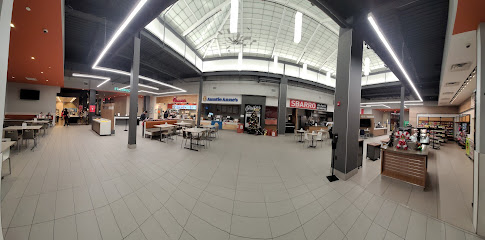
Pocono Soap
Explore Pocono Soap for unique, handcrafted gifts and artisanal soaps in Stroudsburg, perfect for tourists and locals alike.
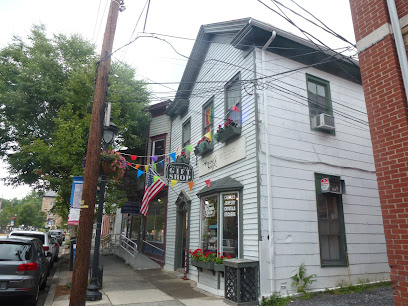
The Open Box Shop
Explore The Open Box Shop in Andover, NJ for unique furniture and home goods that bring style and comfort to your living space.
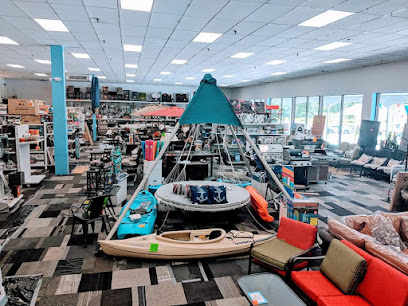
Gifts & More at The Paper Store
Explore the delightful offerings of The Paper Store, your go-to destination for unique gifts, clothing, jewelry, and toys in Succasunna, NJ.

Garlic & Oil
Discover unique gifts and gourmet kitchen supplies at Garlic & Oil, a charming gift shop in Sparta, NJ, perfect for all occasions.
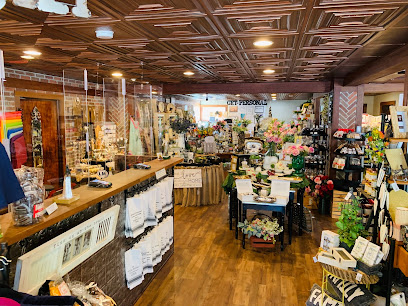
23 South
Explore the enchanting 23 South gift shop in Morristown, NJ, for unique fashion accessories and exquisite jewelry that capture local charm.

The Shoppes at Castle Inn
Discover unique treasures and local crafts at The Shoppes at Castle Inn, a charming shopping destination in Delaware Water Gap, Pennsylvania.
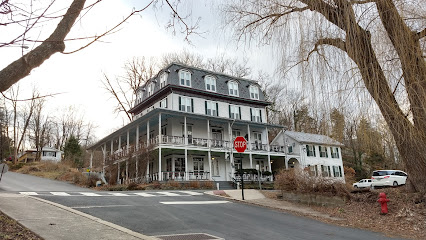
Fitzpatrick's Irish Shop
Discover the heart of Ireland at Fitzpatrick's Irish Shop in Stroudsburg, a treasure trove of authentic gifts and delights.
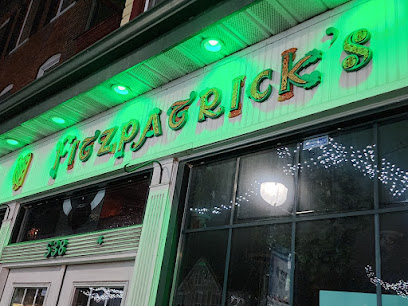
Essential bars & hidden hideouts
Alaska Pete's
Discover the culinary delights of Alaska Pete's, where fresh seafood, juicy steaks, and a warm atmosphere await in East Stroudsburg, Pennsylvania.
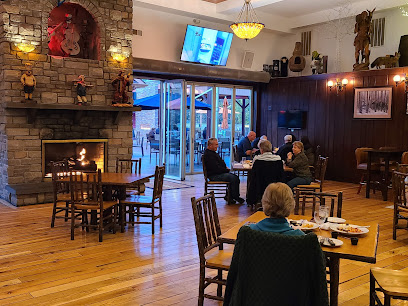
The Walpack Inn
Discover the exquisite flavors of American cuisine at The Walpack Inn, a scenic dining experience nestled in New Jersey's natural beauty.

Joe Bosco Authentic Smokehouse BBQ
Discover the true taste of BBQ at Joe Bosco Authentic Smokehouse BBQ in Delaware Water Gap, where smoky flavors and cozy ambiance come together for an unforgettable dining experience.
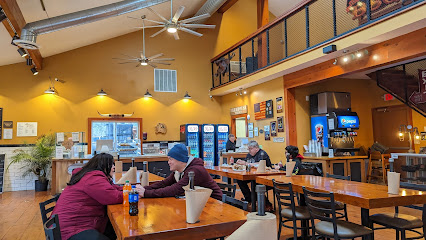
Minisink Hotel
Discover the rustic charm and delicious American cuisine at Minisink Hotel, a hidden gem in the heart of Minisink Hills.

The Gem and Keystone Tavern
Experience the charm of The Gem and Keystone Tavern, a brewpub offering exquisite craft beers and delicious comfort food in beautiful Shawnee, PA.
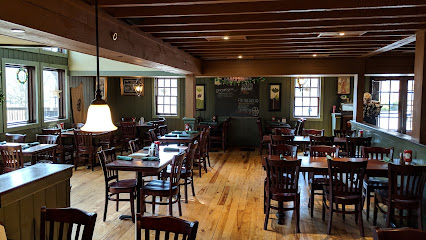
Sycamore Grille
Experience the flavors of America at Sycamore Grille, where live music and a cozy atmosphere create unforgettable dining moments in Delaware Water Gap.
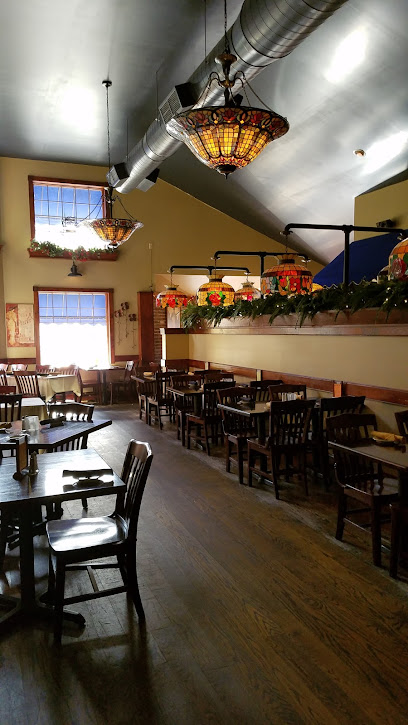
The Big A Grillehouse
Experience the best of East Stroudsburg dining at The Big A Grillehouse, where delicious steaks, fresh seafood, and Italian specialties await.
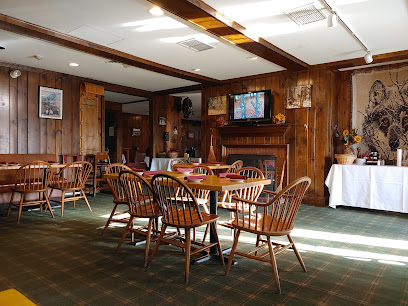
Tom X Pub
Experience authentic American cuisine at Tom X Pub, where comfort meets flavor in East Stroudsburg, PA, perfect for families and visitors alike.
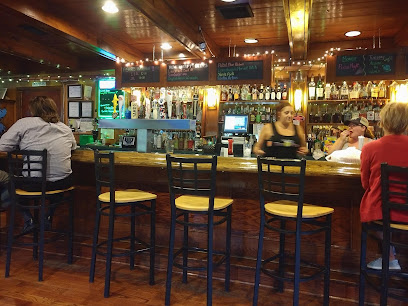
Petrizzo's
Discover Petrizzo's, a delightful pizza and Italian restaurant in East Stroudsburg, perfect for families and friends seeking delicious dining experiences.
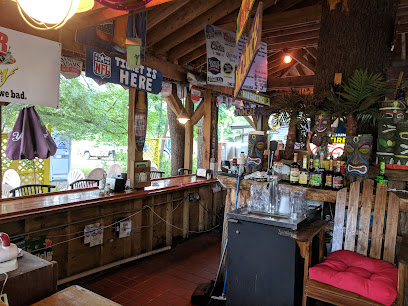
Mountain House Tavern and Grill
Discover the flavors of Branchville at Mountain House Tavern and Grill, where grilled perfection meets a welcoming atmosphere.
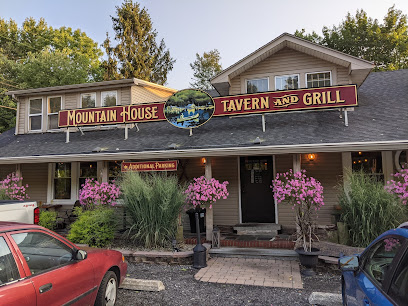
The Log Cabin Bar & Grill
Discover the rustic charm of The Log Cabin Bar & Grill, where delicious pizzas meet a warm, family-friendly atmosphere in Columbia, NJ.

Sango Kura
Experience the perfect blend of Japanese sake and American cuisine at Sango Kura, Delaware Water Gap's unique dining destination.
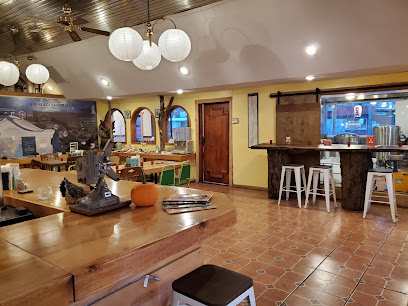
Deer Head Inn
Discover the perfect blend of fine dining and live jazz at Deer Head Inn in Delaware Water Gap, a must-visit destination for music lovers.
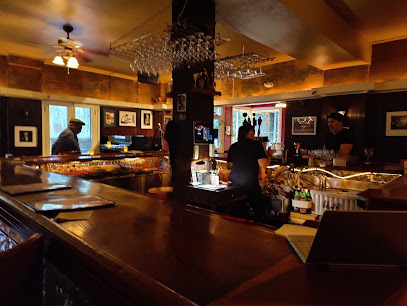
Top of the World Restaurant
Experience dining like never before at Top of the World Restaurant, where delightful cuisine meets stunning vistas in Bushkill, PA.
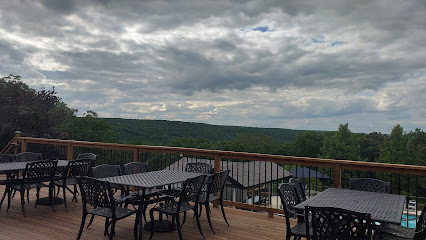
1836 Saloon & Grille
Discover delightful grilled dishes and a cozy atmosphere at 1836 Saloon & Grille in East Stroudsburg, the perfect dining spot for tourists.
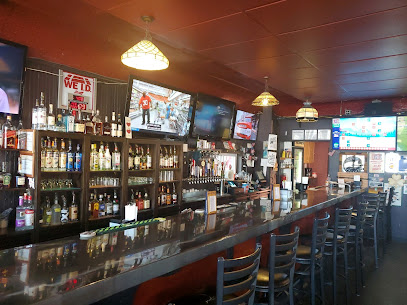
Local Phrases about Delaware Water Gap National Recreation Area
-
- HelloHowdy
[h-ou-d-ee] - GoodbyeSee ya
[s-ee y-ah] - YesYup
[y-uh-p] - NoNah
[n-ah] - Please/You're welcomePlease/No worries
[pl-ee-z/n-oh w-ur-ee-z] - Thank youThanks
[th-anks] - Excuse me/SorryPardon me/My bad
[p-ar-d-uhn m-ee/m-ahy b-ad] - How are you?How you doin'?
[h-ou y-oo d-oh-in] - Fine. And you?A-OK. How 'bout you?
[ey-oh-k-ey. h-ow b-uh-t y-oo] - Do you speak English?Ya speak English?
[y-ah sp-ee-k ing-g-lish] - I don't understandI ain't gettin' ya
[ai d-oh-nt uh-nd-er-st-and]
- HelloHowdy
-
- I'd like to see the menu, pleaseShow me the grub, would ya?
[sh-oh m-ee th-uh gr-uh-b, w-oo-d y-ah] - I don't eat meatI ain't a meat eater
[ai ai-nt ah m-ee-t ee-t-er] - Cheers!Salut!
[s-ah-l-uh-t] - I would like to pay, pleaseCash me out, if ya could
[k-ash m-ee out, ihf y-ah k-oo-d]
- I'd like to see the menu, pleaseShow me the grub, would ya?
-
- Help!SOS!
[es-oh-es] - Go away!Scram!
[sk-r-am] - Call the Police!Get the cops!
[g-et th-uh k-ah-ps] - Call a doctor!Get a doc!
[g-et ah d-ok] - I'm lostI'm all turned around
[ai'm aw-l t-ur-n-d aw-r-aw-nd] - I'm illI ain't feelin' so good
[ai ai-nt f-ee-l-in s-oh g-oo-d]
- Help!SOS!
-
- I'd like to buy...I wanna snag...
[ai w-ah-n-ah sn-ah-g] - I'm just lookingJust browsin'
[j-uh-st br-ow-s-in] - How much is it?What's the damage?
[w-ah-ts th-uh d-am-ah-j] - That's too expensiveThat's a rip-off
[th-ats ah r-ip-aw-f] - Can you lower the price?Can ya knock a few bucks off?
[k-ah-n y-ah n-oh-k ah f-y-oo b-uh-ks aw-f]
- I'd like to buy...I wanna snag...
-
- What time is it?What's the time?
[w-ah-ts th-uh t-ah-y-m] - It's one o'clockIt's one
[it-s w-ah-n] - Half past (10)Half ten
[h-ah-f t-eh-n] - MorningMornin'
[m-awr-n-in] - AfternoonArvo
[ah-r-v-oh] - EveningNight
[n-ah-y-t] - YesterdayYest'day
[y-eh-st-d-ay] - TodayToday
[t-uh-day] - TomorrowTomorra
[t-oh-m-or-ah] - 1One
[w-uhn] - 2Two
[t-oo] - 3Three
[th-r-ee] - 4Four
[f-aw-r] - 5Five
[f-ahy-v] - 6Six
[s-ih-k-s] - 7Seven
[s-eh-v-eh-n] - 8Eight
[ey-t] - 9Nine
[n-ah-y-n] - 10Ten
[t-eh-n]
- What time is it?What's the time?
-
- Where's a/the...?Where's the...
[w-ehr-s th-uh] - What's the address?What's the addy?
[w-ah-ts th-uh a-d-ee] - Can you show me (on the map)?Can ya point it out (on the map)?
[k-ah-n y-ah p-oy-nt ih-t aw-t (aw-n th-uh m-ah-p)] - When's the next (bus)?When's the next one?
[w-eh-n-s th-uh n-eh-k-s-t w-ahn] - A ticket (to ....)A pass (to ....)
[ah p-ah-s (t-oo ....)]
- Where's a/the...?Where's the...
History of Delaware Water Gap National Recreation Area
-
Long before European settlers arrived, the Delaware Water Gap region was inhabited by the Lenape people, who thrived along the banks of the Delaware River. The Lenape’s deep connection to the land is evident in their sophisticated agricultural practices, hunting techniques, and rich oral traditions. The river served not only as a source of sustenance but also as a vital trade route.
-
European explorers first arrived in the Delaware Water Gap area in the early 17th century. Dutch and Swedish settlers established trading posts along the river. By the mid-18th century, British colonists had begun to settle the area, bringing with them new agricultural practices and establishing small communities.
-
The Delaware Water Gap region played a strategic role during the American Revolutionary War. Its rugged terrain and proximity to major colonial cities made it a key area for troop movements and skirmishes. Local militia groups often used the Gap as a hideout and staging ground for raids against British forces.
-
In the 19th century, the advent of the railroad transformed the Delaware Water Gap into a bustling transportation hub. The Delaware, Lackawanna & Western Railroad connected the area to larger urban centers, facilitating commerce and tourism. The scenic beauty of the Gap soon attracted vacationers, leading to the development of hotels and resorts.
-
The early 20th century saw a significant rise in tourism to the Delaware Water Gap. As automobile travel became more accessible, families flocked to the area for its natural beauty and recreational opportunities. The establishment of the Delaware Water Gap National Recreation Area in 1965 further cemented its status as a premier destination for outdoor enthusiasts.
-
One of the most significant events in the recent history of the Delaware Water Gap was the proposed Tocks Island Dam project in the 1960s and 70s. The plan aimed to create a large reservoir for flood control and hydroelectric power, but it faced strong opposition from environmentalists and local residents. The project was eventually abandoned, leading to the preservation of the area as a national recreation area.
-
Today, the Delaware Water Gap National Recreation Area is not only a haven for natural beauty but also a testament to the region’s rich cultural heritage. Preservation efforts have maintained historical structures, such as old farmhouses and churches, offering visitors a glimpse into the past. Cultural events and educational programs continue to celebrate the diverse history of this remarkable area.
Delaware Water Gap National Recreation Area Essentials
-
Delaware Water Gap National Recreation Area is located along the border of New Jersey and Pennsylvania. The nearest major city is New York City, approximately 75 miles to the east. The most convenient way to reach the area is by car, taking Interstate 80 West if you are coming from New York City. Alternatively, you can take a bus from Port Authority Bus Terminal in New York to Stroudsburg, PA, which is close to the park. The nearest major airport is Newark Liberty International Airport in Newark, NJ, which is about 60 miles away.
-
Transportation within Delaware Water Gap National Recreation Area is primarily by car. There are several parking areas throughout the park for easy access to trails and scenic spots. For those without a car, local shuttle services and taxis are available, though they may be less frequent. Cycling is also a great way to explore the park, with several bike-friendly trails and roads. Ensure you have a detailed map and plan your routes ahead of time.
-
The official currency is the United States Dollar (USD). Most establishments, including visitor centers, restaurants, and gift shops, accept major credit and debit cards. However, it is advisable to carry some cash, especially for small purchases or in case you visit remote areas where card payments might not be accepted. ATMs are available in nearby towns such as Stroudsburg, PA, and Newton, NJ.
-
Delaware Water Gap National Recreation Area is generally safe for tourists. However, it is important to follow standard safety precautions. Keep an eye on your belongings and avoid leaving valuables in your car. Stick to well-marked trails and avoid wandering off into unfamiliar areas. While there are no specific high-crime areas targeting tourists, it is always best to stay vigilant. Be aware of wildlife, including bears, and follow park guidelines to ensure your safety and the safety of the animals.
-
In case of emergency, dial 911 for immediate assistance. The park has ranger stations and visitor centers equipped to handle minor emergencies. It is recommended to have travel insurance that covers medical emergencies. Familiarize yourself with the locations of the nearest hospitals in Stroudsburg, PA, and Newton, NJ. For minor health issues, first aid kits are available at visitor centers, and pharmacies are located in nearby towns.
-
Fashion: Dress in layers and wear comfortable, weather-appropriate clothing. Sturdy hiking boots are recommended for trail exploration. Religion: Respect any religious or cultural sites you may encounter within the park. Public Transport: Public transportation options are limited, so plan accordingly. If you use a shuttle service, be respectful to the driver and other passengers. Greetings: A simple 'hello' or a nod is appropriate when greeting fellow hikers or park staff. Eating & Drinking: Do pack out all trash and leftovers to keep the park clean. Don't feed the wildlife, as it can be harmful to them and disruptive to the ecosystem.
-
To experience Delaware Water Gap National Recreation Area like a local, visit during the fall for stunning foliage or in the spring for blooming wildflowers. Early mornings or weekdays are the best times to avoid crowds. Engage with park rangers to learn about lesser-known trails and scenic spots. Don't miss the opportunity to canoe or kayak on the Delaware River for a unique perspective of the area. Additionally, local farmers' markets in nearby towns offer fresh produce and handmade goods, providing a taste of the local culture.
Trending Landmarks in Delaware Water Gap National Recreation Area
-
Mt Tammany Red Dot Trail
-
Point of Gap Overlook
-
Delaware Water Gap Travel Plaza
-
Resort Point Overlook
-
Millbrook Village Historic Site
-
Dunnfield Creek Natural Area
-
Delaware Water Gap
-
Large Pile of Rocks
-
Delaware Water Gap National Recreation Area Park Headquarters
-
Delaware View House
-
Watergate Recreation Area
-
delaware water gap
-
Delaware Watergap National Recreation Area
Nearby Cities to Delaware Water Gap National Recreation Area
-
Things To Do in Scranton
-
Things To Do in Allentown
-
Things To Do in Lambertville
-
Things To Do in Hoboken
-
Things To Do in Jersey City
-
Things To Do in Yonkers
-
Things To Do in New York City
-
Things To Do in White Plains
-
Things To Do in Trenton
-
Things To Do in Poughkeepsie
-
Things To Do in Greenwich
-
Things To Do in Red Bank
-
Things To Do in Stamford
-
Things To Do in Reading
-
Things To Do in Asbury Park

